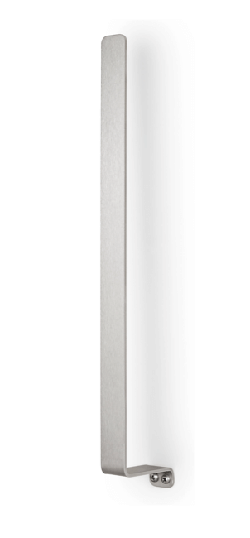As an interior designer passionate about bringing clients’ visions to life, it’s essential to address the distinction between actual interior designers and online content creators specializing in interior design. While both inspire and guide homeowners, understanding their unique perspectives and expertise is crucial.
- Knowledge and Expertise:
Interior designers possess extensive knowledge and practical experience in design principles, space planning, color schemes, materials, and more. They understand technical aspects, building codes, and construction processes, allowing them to seamlessly integrate functionality and aesthetics based on clients’ needs and preferences.
Online content creators primarily focus on generating visual content and inspiration. While they offer valuable design ideas, their expertise often lies in creating visually appealing content rather than executing the intricate details required for successful interior design projects.
- Personalized Approach:
Interior designers aim to create spaces that reflect clients’ personality, lifestyle, and functional requirements. They work closely with clients, developing a deep understanding of their vision, preferences, and goals. Incorporating their expertise and experience, interior designers craft customized designs tailored to specific needs.
Online content creators generate content to share knowledge, inspiration, and practical tips with a broader audience. However, they cannot provide the same level of personalization as interior designers. Their designs may not consider practical aspects or meet the specific requirements and preferences of individual clients.
- Design Development and Implementation:
Interior designers excel at transforming concepts into fully realized designs. They meticulously develop detailed design plans, source materials and furnishings, and manage budgets. Collaborating with architects, contractors, and suppliers, they ensure smooth project execution to meet intended design objectives.
Content creators in this field leverage various media to showcase their expertise and engage with their audience. While providing valuable insights, they may lack the comprehensive skill set required for project management. Their primary objectives are to communicate ideas and attract followers.
- Value and Return on Investment:
Hiring an interior designer is an investment in creating a space that looks beautiful and functions optimally for occupants. Interior designers maximize the potential of a space, considering every element thoughtfully. Their expertise can lead to cost savings by avoiding expensive mistakes and sourcing quality materials and furnishings within budget.
Online content creators offer inspiration, but their designs often prioritize trends and aesthetics over long-term value and functionality. While DIY approaches and following online content can be budget-friendly, they may not provide the same level of expertise and return on investment as professional interior designers.
In conclusion, the key difference lies in the intended outcome. Interior designers aim to create functional and aesthetically pleasing spaces that meet clients’ specific needs and preferences. Their designs prioritize usability, spatial flow, personalization, and adhere to safety standards and building codes. Online content creators primarily seek to inform, inspire, and entertain their audience, fostering creativity, sharing ideas, and encouraging individuals to explore and experiment with their own interior design projects.














